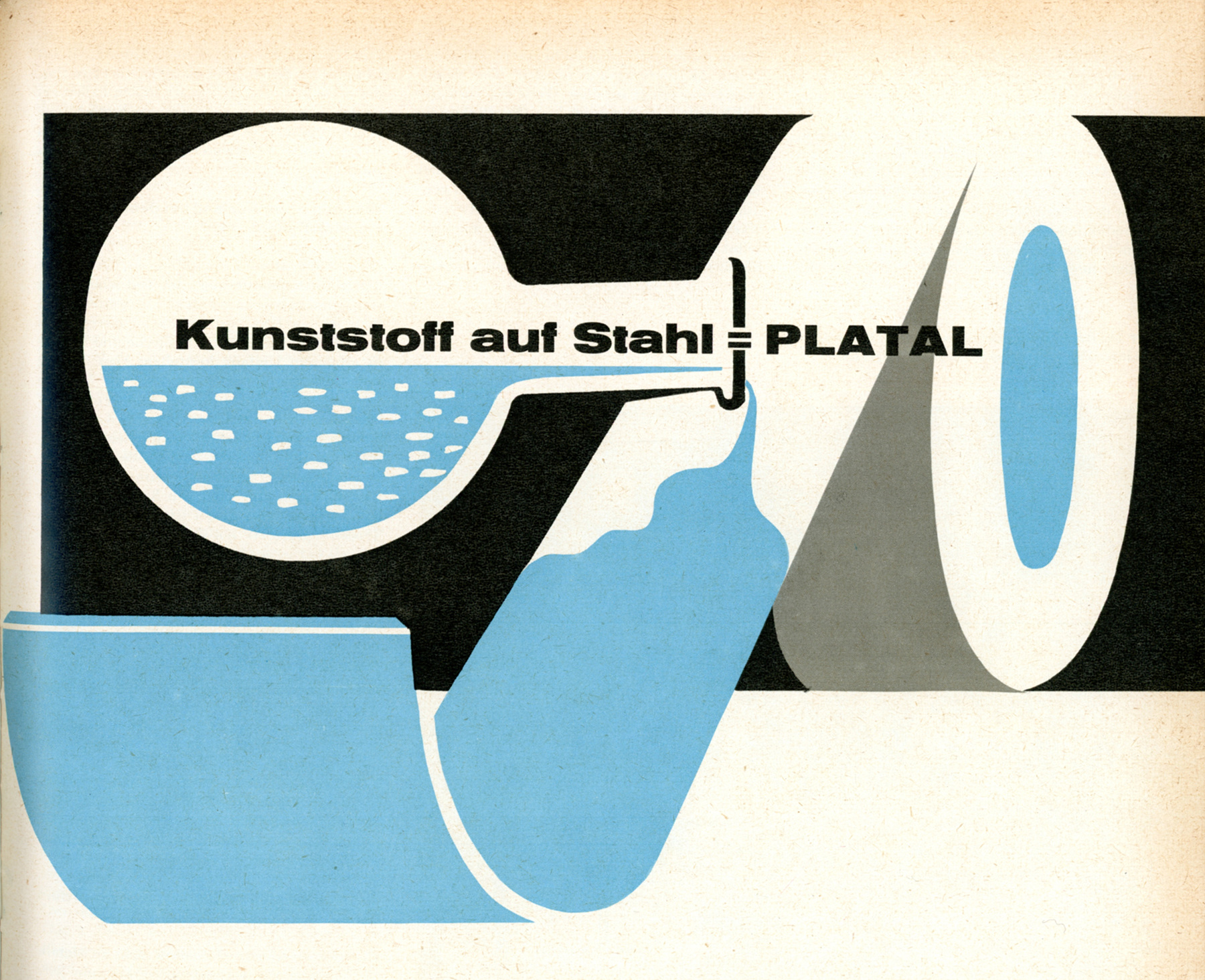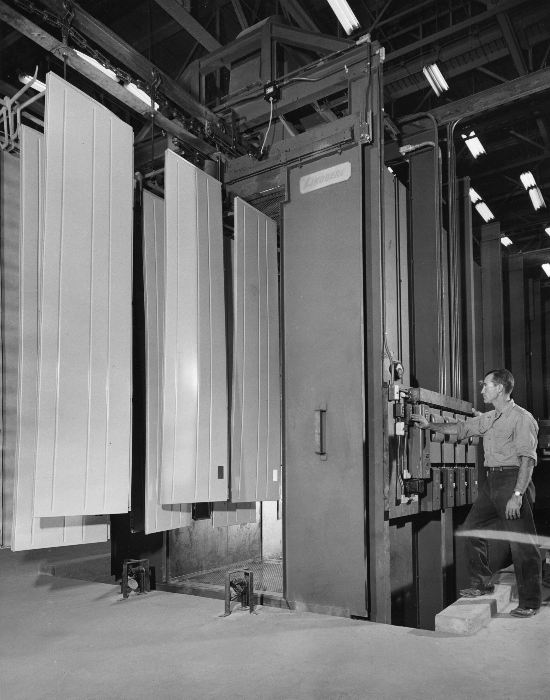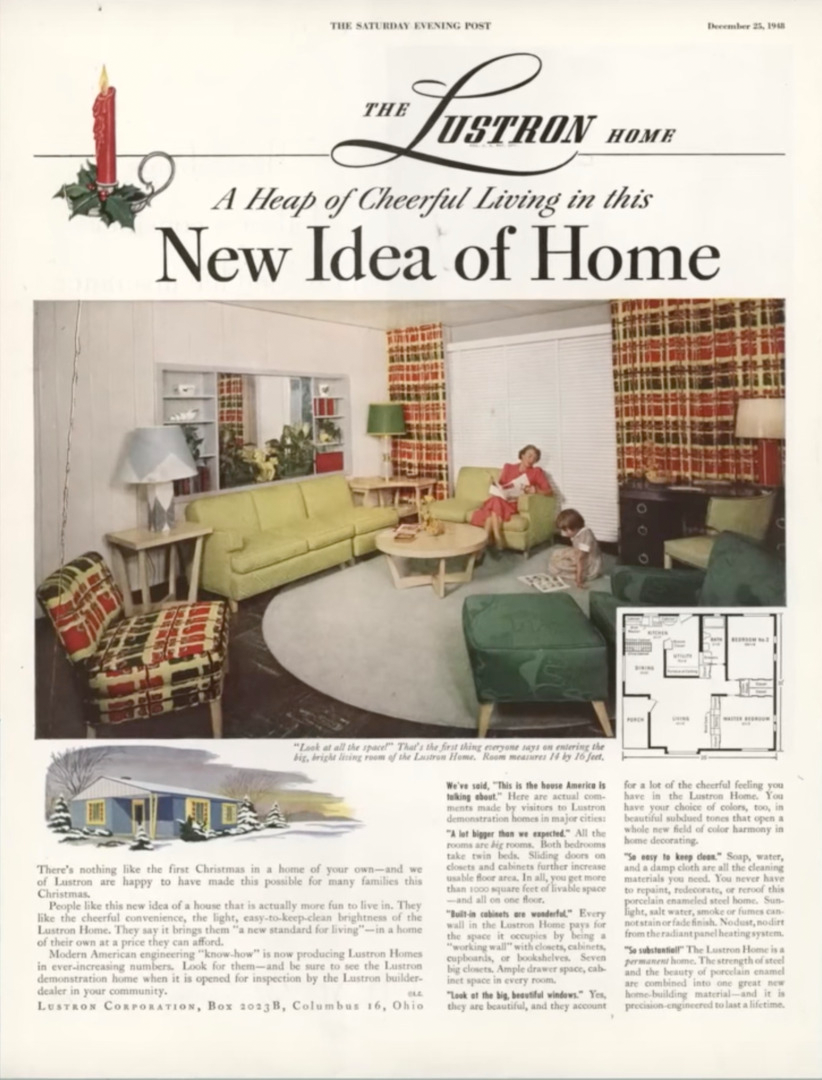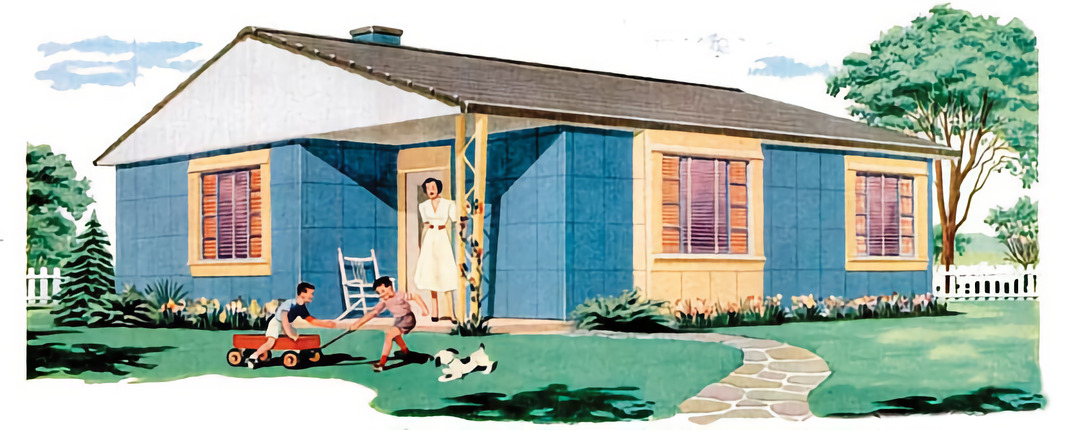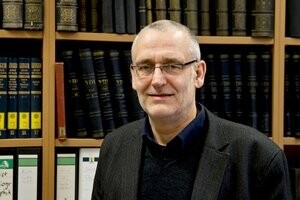Fail Successfully. On the significance of spin-offs for construction at the end of the high modern age
This endeavor is based on the results of the sub project “Building with Steel. Prefabricated Steel (Composite) Houses in the Innovation System of the Steel Industry (1920s-1970s)” from SPP 2255‘s first funding phase. The genesis of prefabricated steel houses presented contemporary technical building research with challenges in terms of design, building physics and chemistry. Even though the establishment of prefabricated steel houses on the market failed, the partial innovations associated with them can be seen as a success story. This phenomenon, known in innovation research as spin-off, is the focus of the research project.
A research finding relevant to the history of innovation is that the development of hybrid composite materials as spin-offs of the innovation processes – initially initiated by the steel industry – was closely interwoven with the formation of new, hybrid, i.e. cross-sectoral innovation systems. At the metahistorical level, this phenomenon and its significance for the diffusion of successful spin-offs from failed innovation processes in the long term will be investigated. These are processes that have not yet been systematically investigated by researchers. The project contributes to a conceptual extension of this approach.
Since its content focuses on the construction industry, it reconstructs the previously unknown specifics of a concrete hybrid innovation system. A central research result at the meso level is formed by the differentiation of institutions involved in regulation (institutional spin-off), which goes far beyond the material testing offices. They stand for the control of the prefabricated house sector, but also for the development and standardization of new test procedures (methodological-technological spin-off). At the same time, new forms of mass-produced building components emerged (constructive spin-off), which in turn affected building permit procedures.
On a micro-historical level, it can be seen that the sandwich construction method and the design of the connections of the elements were transferred to various areas of commercial construction and gained constitutive traits for the lightweight steel construction of high modernity (constructive spin-off). Actors involved in the development of the steel (composite) houses were appointed to university professorships, transferred the knowledge into teaching and thereby shaped the design of civil engineers in structural steel engineering (academic spin-off).
The project contributes to a better understanding of historical innovativeness and allows to more clearly outline the coordinate system of the history of structural engineering for high modernity. It forms an important building block for the thematic field “Capturing and Classifying” of SPP and provides the basis for re-evaluating high-modern constructions in terms of historic preservation.

